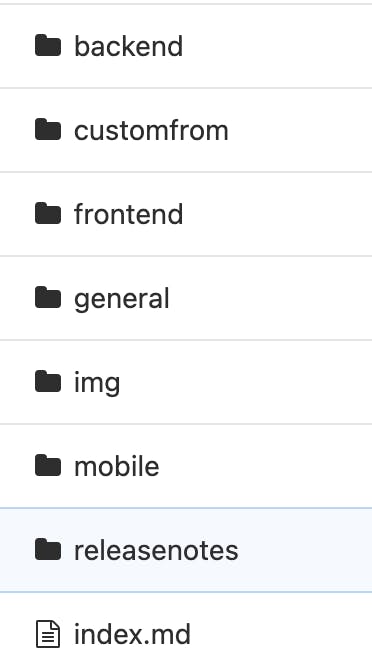Introduction: This article explains about writing technical documentation using Mkdocs, installation, update and deployment on production.
Installation: Follow these steps to setup Mkdocs on your local machine and run its dev server.
Install Python by downloading an appropriate installer for your operating system from python.org.**
- Install
mkdocspackage using the following commandpip install mkdocs - You should now have the
mkdocscommand installed on your system. Runmkdocs --versionto check that everything worked okay. - Use the following command to start the server
mkdocs serve --dev-addr=127.0.0.1:8080.
Note*: The `--dev-addr` switch is optional and need only be used to change the port on which the server is run.*
The dev server also supports auto-reloading, and will rebuild your documentation whenever anything in the configuration file, documentation directory, or theme directory changes
Adding or updating documents: Follow these steps to make create new documents or update existing ones.
- Setup a new repository on your version control(e.g. github, gitlab etc…).
- Every technical documents must be written in markdown format (
.md) and added to thedocsfolder. - Follow the appropriate directory structure to store documents.

4. Update the mkdocs.yml file to add reference to your new page.

5. Start the dev server to make sure everything compiles, and the document is properly formatted and linked.
6. Create a merge request for your changes.
Deployment via Docker: Setup the Jenkins pipeline so that whenever the merge request has been accepted deploy it on server so that everyone can access the documentation as html.
.htpasswd
root:$passw0rd
Shell Script
chmod a+x $WORKSPACE
mkdocs build
DockerFile
FROM nginx
COPY nginx.conf /etc/nginx/nginx.conf
COPY .htpasswd /etc/nginx/.htpasswd
WORKDIR /usr/share/nginx/html
COPY site/ .
nginx.conf
worker\_processes 1;
events {
worker\_connections 1024;
}
http {
server {
listen 80;
server\_name localhost;
auth\_basic "Restricted area";
auth\_basic\_user\_file /etc/nginx/.htpasswd;
root /usr/share/nginx/html;
index index.html index.htm;
include /etc/nginx/mime.types;
location / {
try\_files $uri $uri/ /index.html;
}
}
}
Customization:: To customize more features like icon, theme etc… follow their official guideline. https://www.mkdocs.org/getting-started/#getting-started-with-mkdocs
